Identification of Warblers Observed On The Ground And How To Photograph Them
Three of the four types of warblers often observed on the ground don’t even have the word “warbler” in their name: the Louisiana Waterthrush, The Northern Waterthrush, and the Ovenbird. Palm Warblers are also commonly observed on the ground. Below are basic identification tips, suggestions on how get the best photograph, and a GreatBirdPic of each.
See Photography Tips For Birds On the Ground at the bottom of the page for more information on how to get great shots of these warblers.
Louisiana Waterthrush
The Louisiana Waterthrush has a white supercilium (eyebrow) that does not taper off at the back of the head. It’s neck also has less streaking than the Northern Waterthrush and the belly of the Louisiana Waterthrush is whiter (less streaking). It’s legs are pinker than the Northern Waterthrush. Look for them walking along the edges of ponds or streams. When taking pictures of a Louisiana Waterthrush be sure to get a side view of the head so the supercilium is shown.
Below is a picture of a Louisiana Waterthrush. You can see more on GreatBirdPics.com. Pull down the Search menu and select Search All then enter the name of this warbler in the Species Name box. Click the Reset button to do another search.
Northern Waterthrush
The Northern Waterthrush also has a white supercilium (eyebrow) but it tapers off to a point at the back of the head. The neck has a lot of streaking as well as its body. The lighter tones of the body are a buffy-yellow (not white). Their legs are dusky rather than pink. Look for them walking along the edges of ponds or streams. When taking pictures of a Northern Waterthrush be sure to get a side view of the head so the supercilium is shown.
Ovenbird
The Ovenbird is a plump warbler with a plain olive-green back and a whitish breast with wide black streaks. Look for the orange stripe down the center of its head enclosed by two black lines and the white eye-rings. Look for them waking through dense undergrowth. When taking pictures of an Ovenbird you may have to lower your shutter speed or increase your ISO because of a lack of light in the undergrowth. When taking pictures of an Ovenbird be sure to get a view of the orange stripe on the top of its head.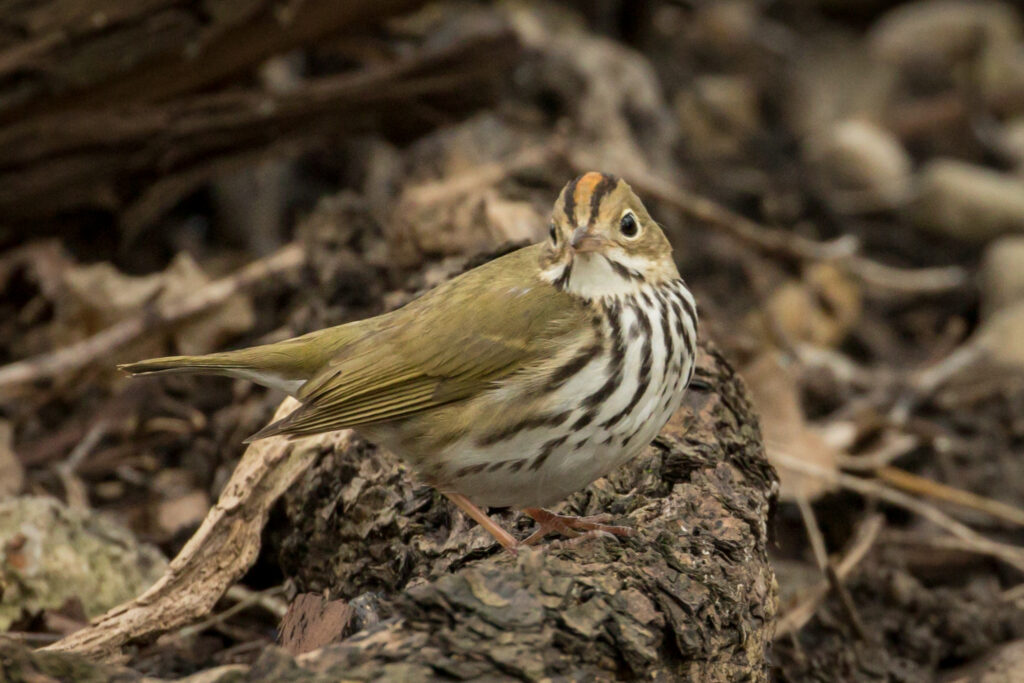
Palm Warbler
Although Palm Warblers are often seen in bushes and trees they do spend a lot of time on the ground, particularly on trails. The Eastern sub-species will have yellow belly with brown stripes and a rufous cap on its head. The Western Subspecies is much lighter, resembling a female Yellow-rumped Warbler. Look for them pumping their tail up and down. Palm Warblers are numerous and not as shy as other warblers – you can get fairly close to them. Although they are often seen on the ground you’ll get better pictures of them when they are eye-high in a bush. When taking pictures of a Palm Warbler be sure to get a frontal view showing the breast and cap.
Eastern Sub-species
Western Sub-species
You can see more pictures of these warblers on GreatBirdPics.com. Pull down the Search menu and select Search All then enter the name of the warbler in the Species Name box. After viewing click the Reset button to do another search.
CLICK HERE [NOT CONSTRUCTED YET] to go back to the main Identification of Warblers and How to Photograph Them page.
Photography Tips For Birds On The Ground
Cameras can have a hard time attaining focus on a small bird on the ground as the bird doesn’t stand out significantly from the surface it is on. The best technique is to lower the camera as close to the ground as possible by laying, sitting, or kneeling on the ground.
If you remain standing, another consideration is the angle the camera is pointed at the bird. The closer you are, the more the camera will be looking down on the bird, which will give the viewer a top-side angle of the bird. If your lens is long enough it’s OK to be farther away from the bird as this flattens the angle you are using to shoot (it is also more likely that the camera will be able to attain focus as the bird will stand out more from the surface).
If your camera doesn’t seem to pick up the bird and is focusing on the surface instead here are two things you can modify in your settings. First, use as narrow a focus point as possible such as Spot or 1-Point Autofocus. Secondly, set your Aperture to 9.0 or higher to increase the Depth-of-Field in hopes of capturing the bird in a wider depth-of-field.
When you see birds feeding on the ground and try to approach them they will often just fly farther away from you. Often if you stay still in one place there’s at least a 50/50 chance they will come closer to you as they forage. If you want to get closer to them don’t walk directly toward them; walk at an obtuse angle that brings you closer but off to the side – you can zig-zag closer if you’re careful.
Good luck! If you get some good pics please share them here on GreatBirdPics.
CLICK HERE [NOT CONSTRUCTED YET] to go back to the main Identification of Warblers and How to Photograph Them page.
If you enjoy seeing beautiful pictures of birds from around the world and reading about them Click Here to sign up for our mailing list. Members can post their GreatBirdPics and learn more about bird photography techniques.
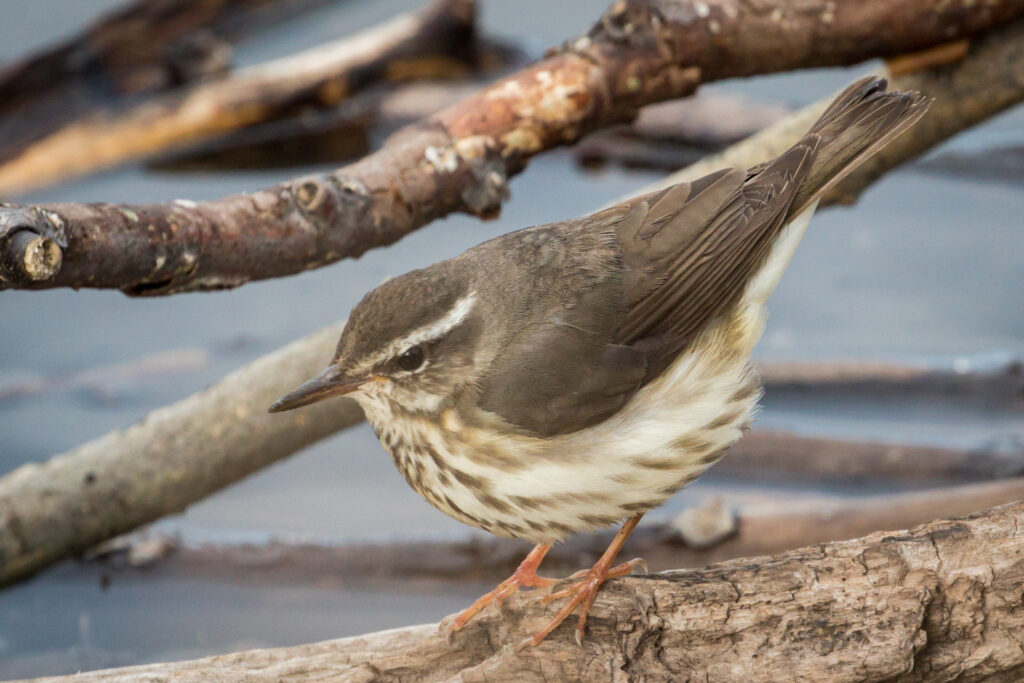
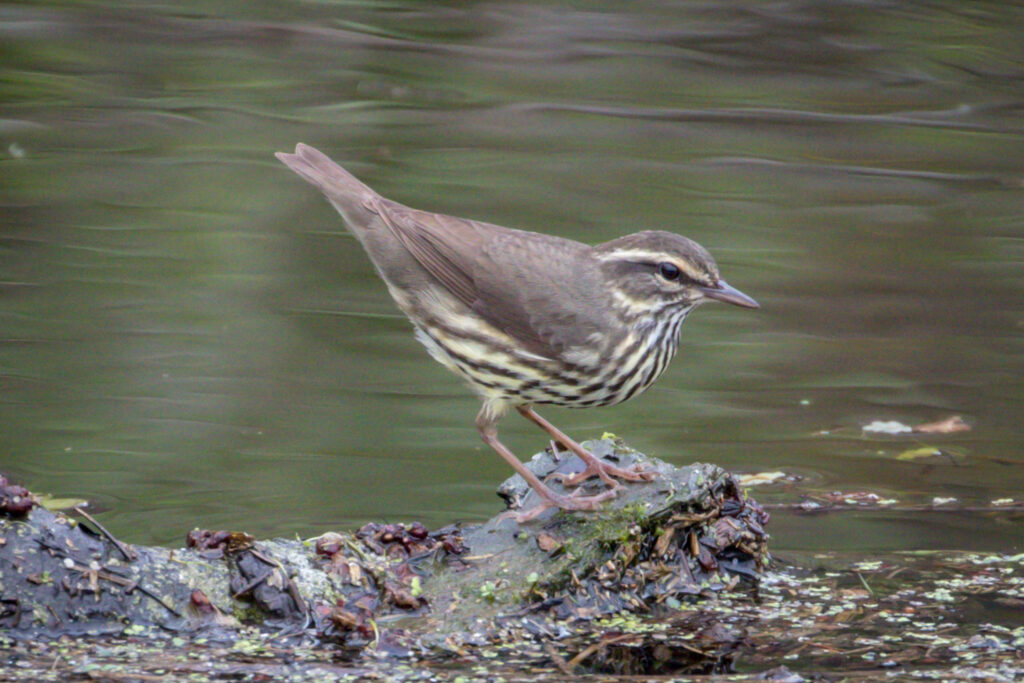
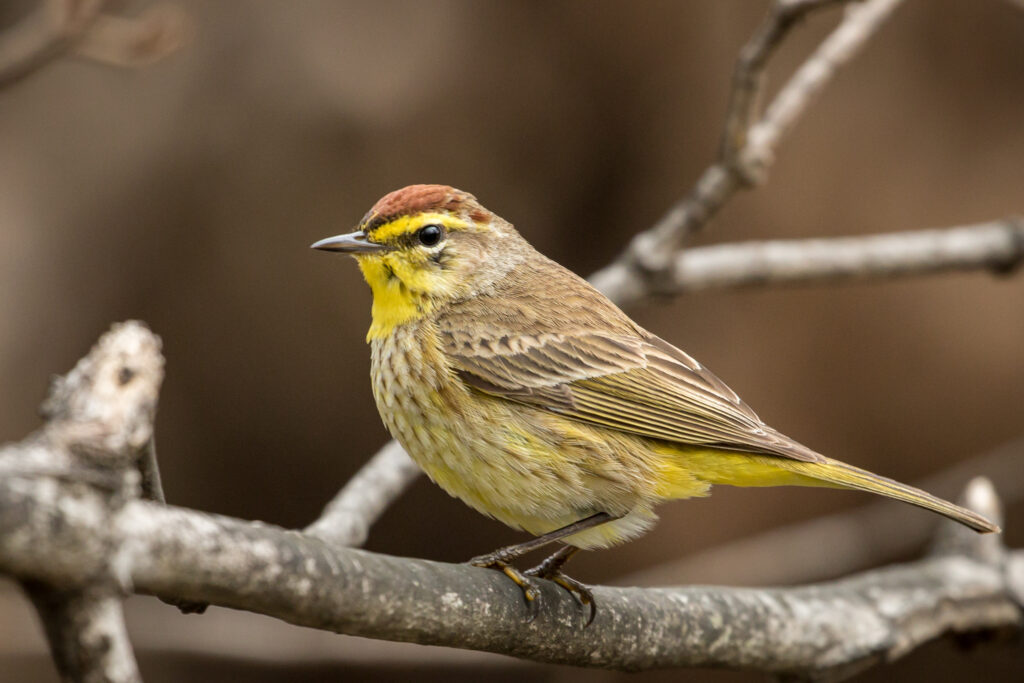
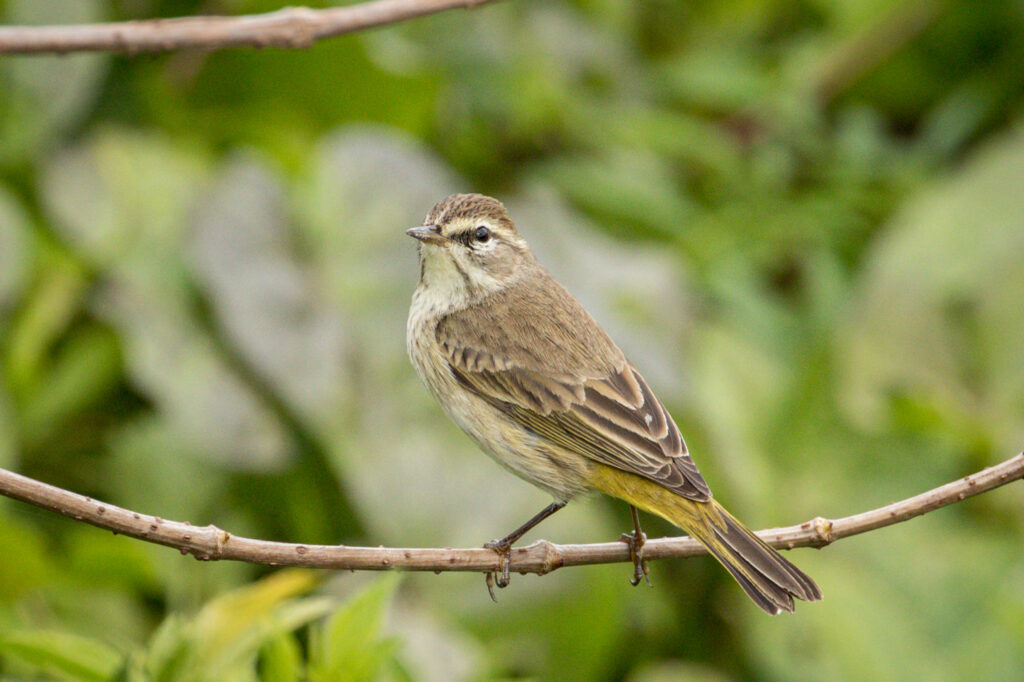
Hello Mike, I suggest positioning the Northern Waterthrush before the Louisiana Waterthrush since you compare the Northern to the Louisiana. Once I read about and saw the Northern Waterthrush, I understood the comparison references. Good start on a big project!
Great project. Not sure how involved you want to get, but I would take Swozndrix comment one step further and put the species that are so similar side by side with the ID info below each one. A small range map might be helpful as well , not sure on the copyright for the maps.
Well, as a person who doesn’t know a lot about birds , I appreciate the clear pictures to help me identify the birds.
The information is also written in easy to understand language. I don’t feel lost in “professional bird talk”.
It works for me as a newbie.
I love this idea Mike and I’m sure I’d check it frequently. If there is a good resource for topics like this, I have not found it. I struggle with Warblers — if you can simplify and organize these birds in a way that helps ID… well, it would be a great service to beginning birders like me. Then do sparrows, gulls, shorebirds, and hawks. ; -)
Sounds like a great project. My only suggestion would be that, once the groups are defined, that a thumbnail size photo be built into the front of each section of all the species to follow to help users zero in on the bird they are interested in in a manner similar to what Sibley does in his guides. Good luck.